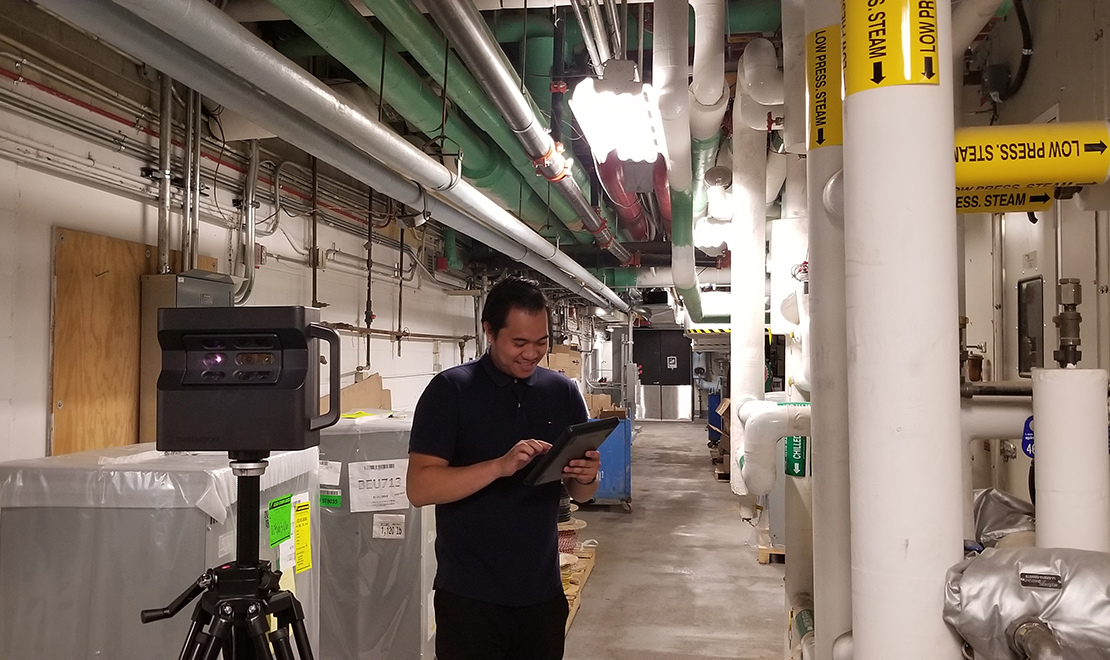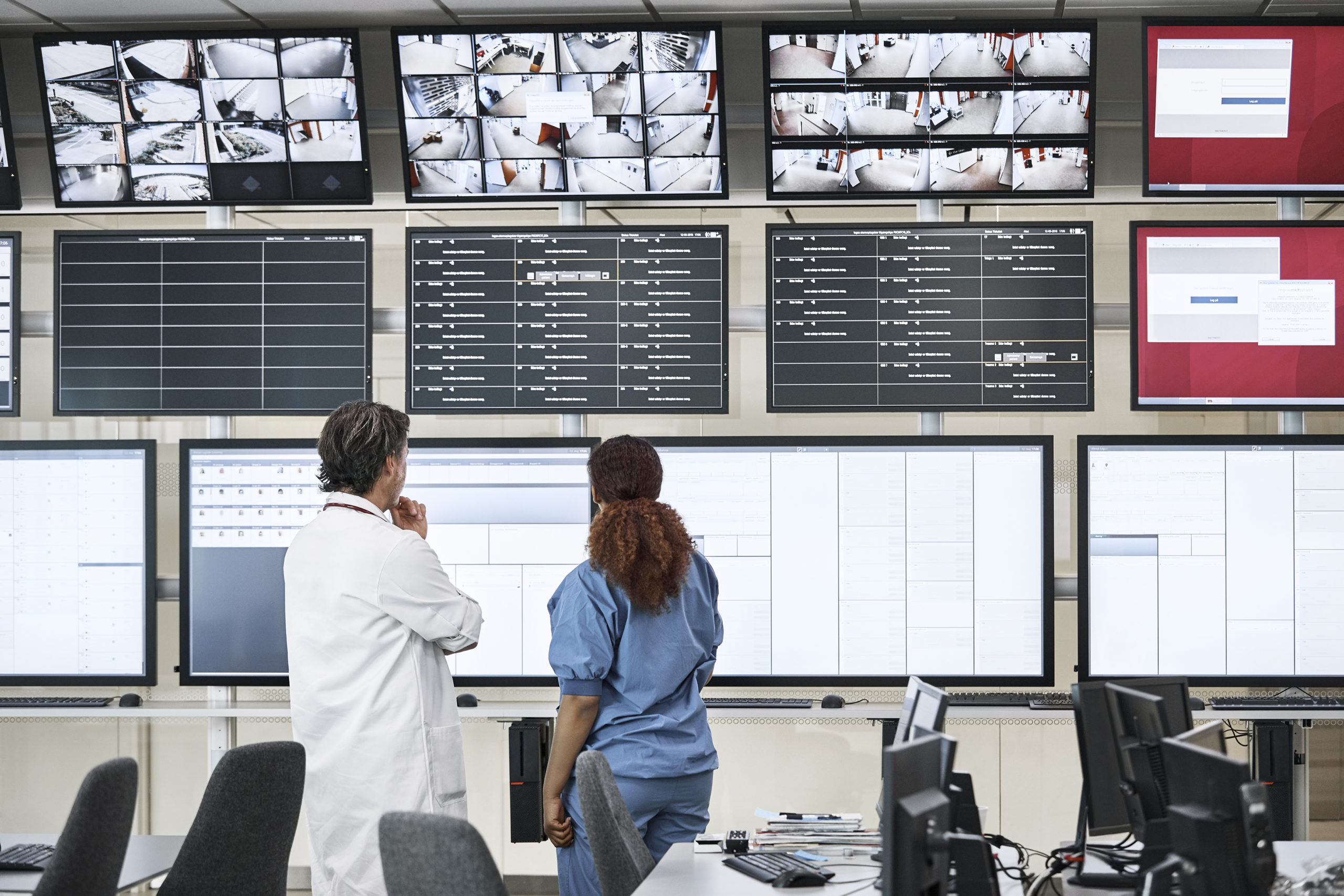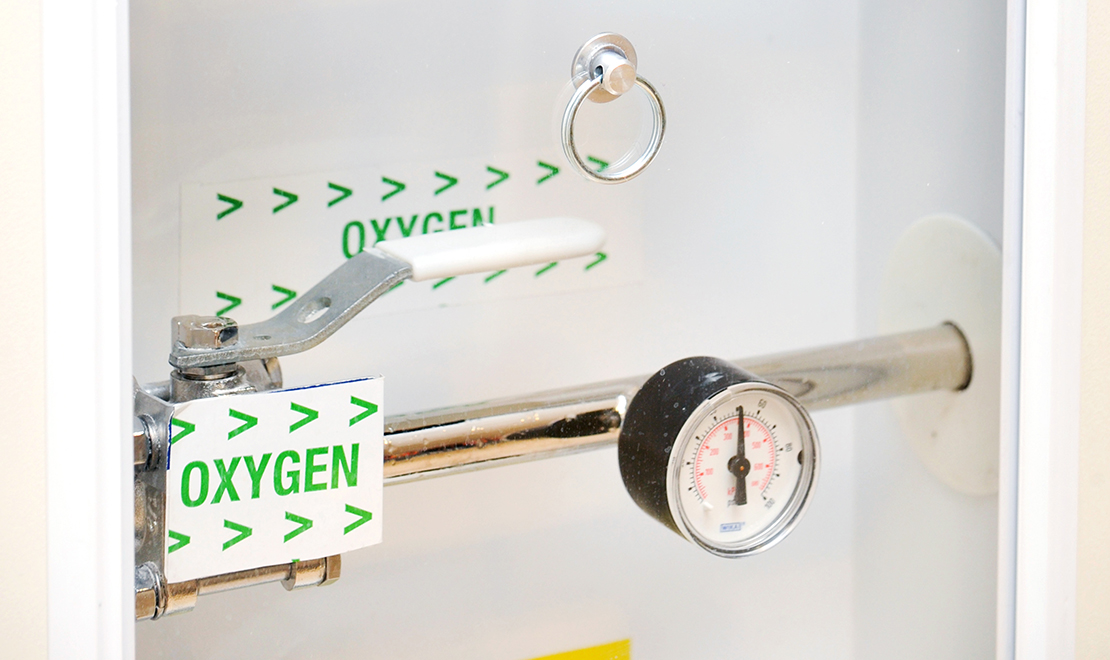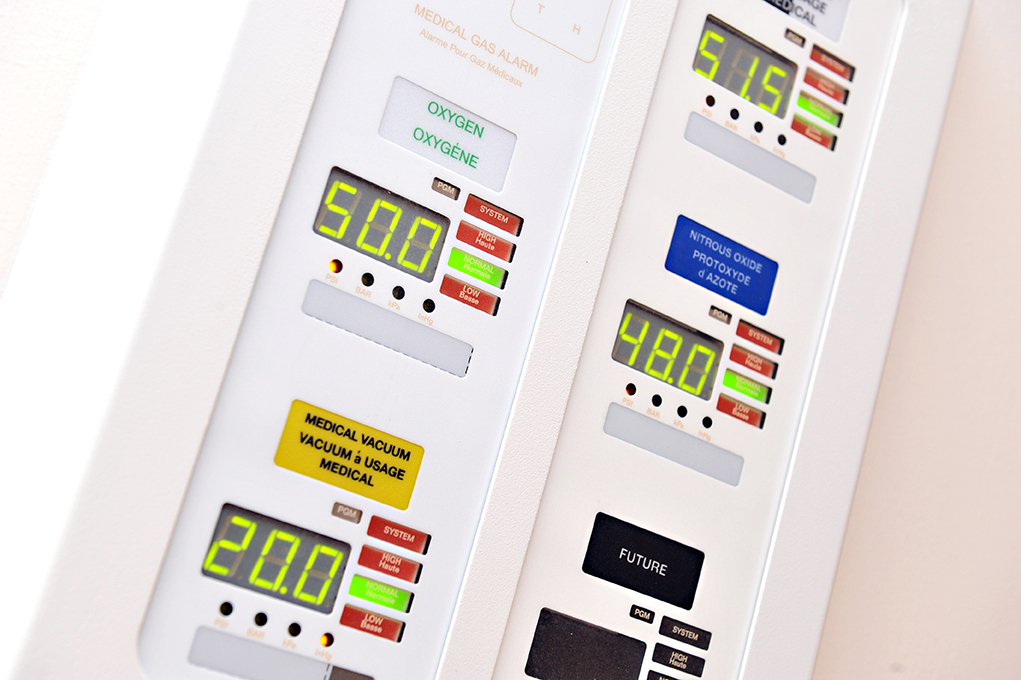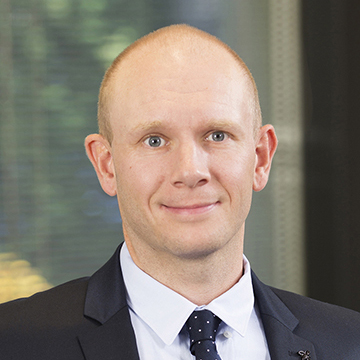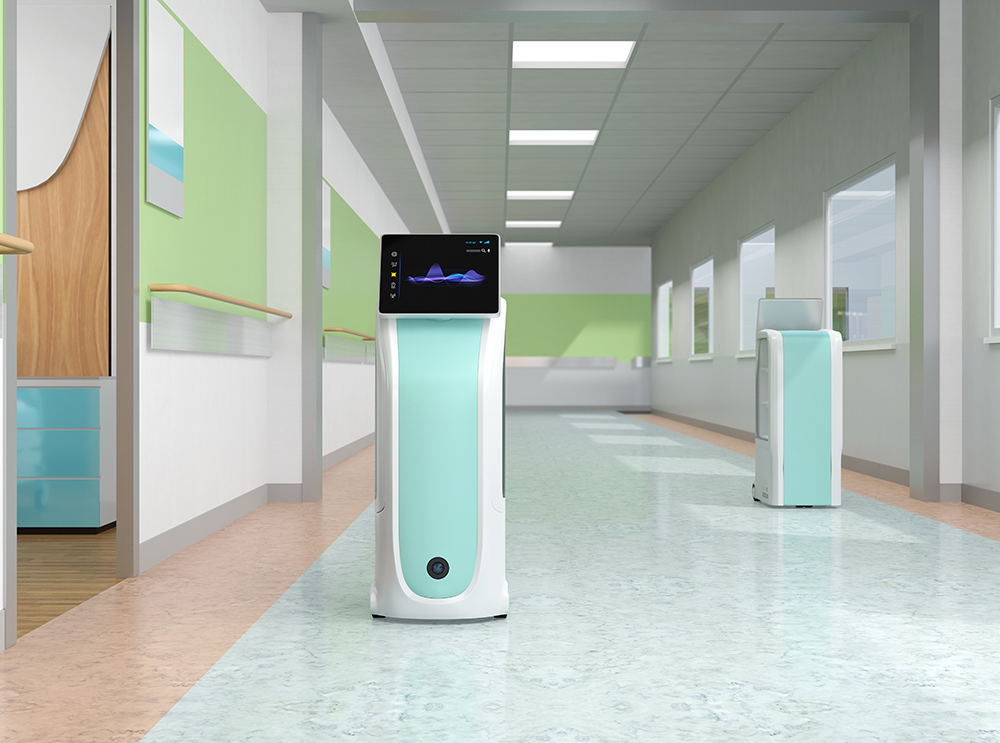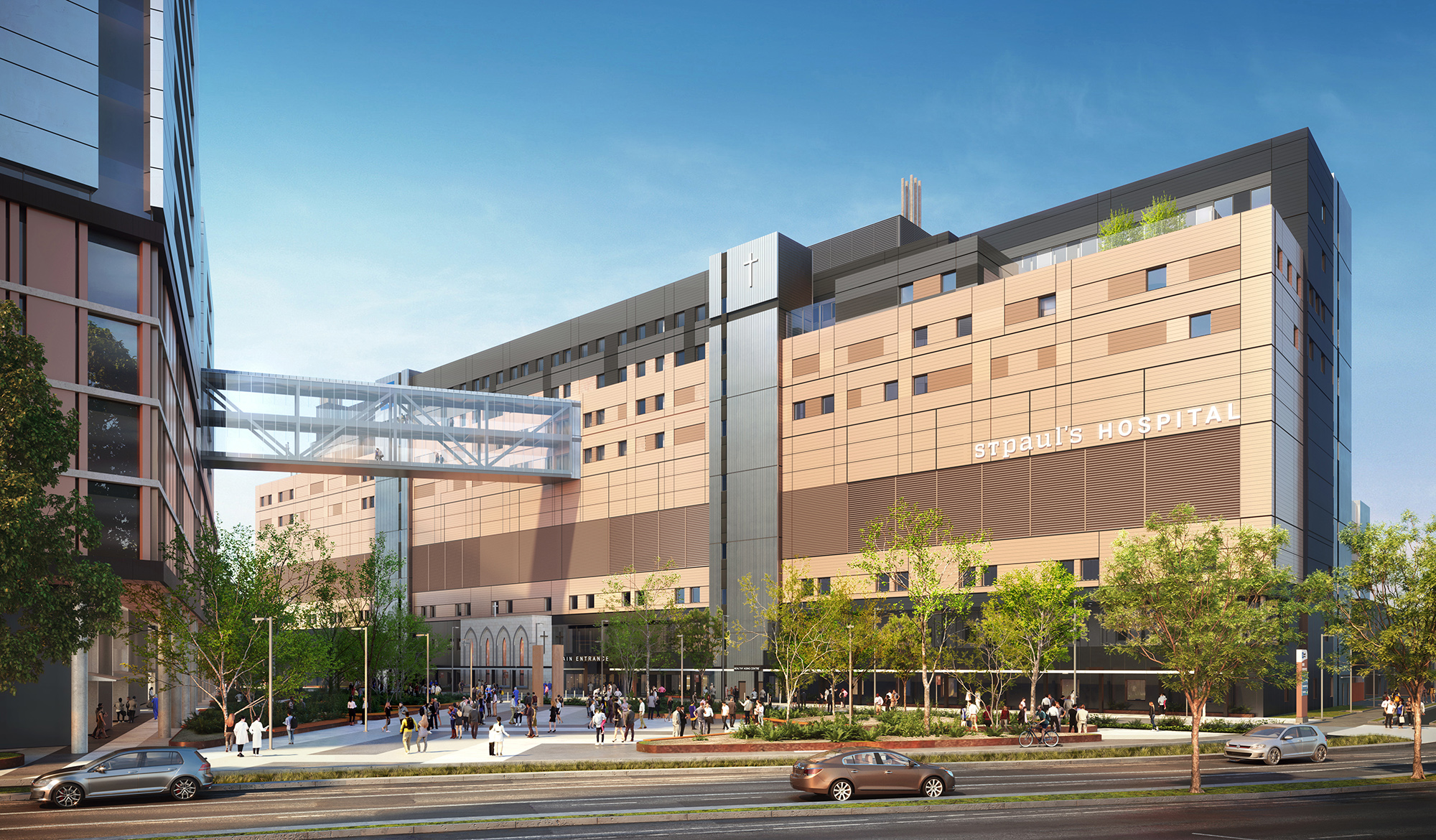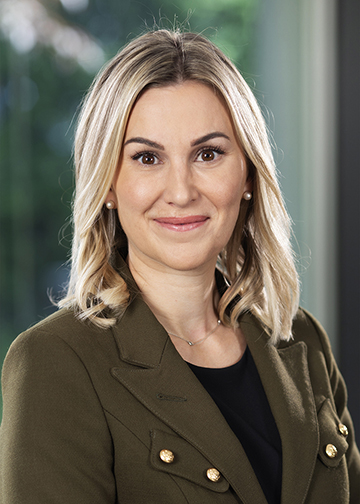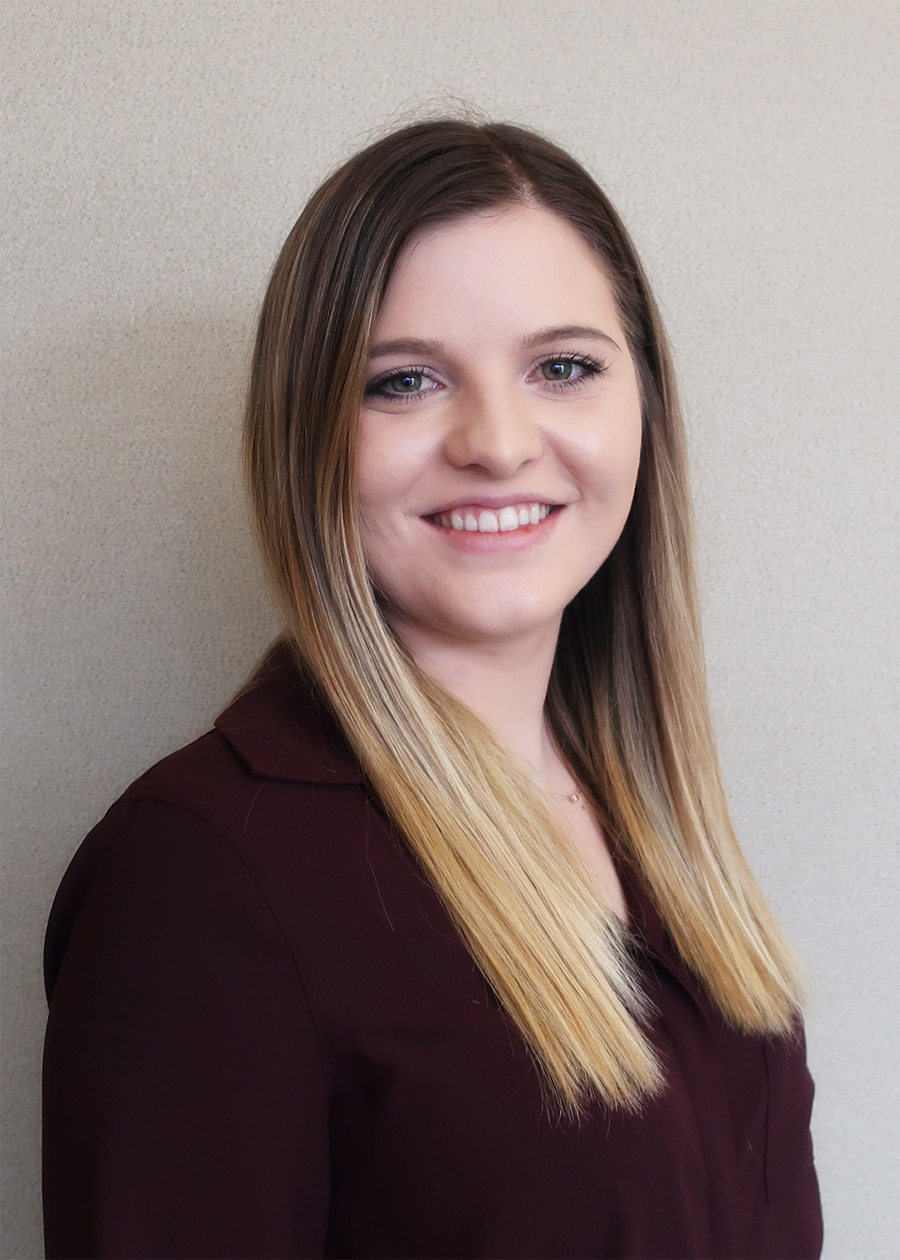Elements of a Successful Implementation
A key to a successful AGV system is fully defining the operational processes of the AGV users in concert with the AGV system design. It is heavily dependent upon the human interfaces with the system, such as users respecting the design of the AGV Cart Matrix, prompt removal of carts upon delivery within the design time parameters, keeping all AGV areas free of obstacles, cart alignment, and having a central operator who monitors the system, proactively ensuring on-time deliveries and preventing system backlog. It is critical that the AGV and associated departmental operations, policies, procedures and staffing are reflected in the basis of design. In addition to these operational impacts, throughput of an AGV system is also significantly influenced by the design of the system, including space (including corridor widths, send/receive locations, and elevator lobbies), design of routes, the technical capability of the system, proper maintenance, WiFi, Local Area Network (LAN), elevator capacity, and integrations with the fire alarm and access control systems.
There are key differences between the implementation of AGVs in new builds versus existing sites. To name just a few, AGVs require wider corridors and pathways that support their turning radius’, specially-designed elevator lobbies that support not only the AGV navigation but also the cart-associated workflows, elevator type and capacity, battery charging locations, maintenance rooms and ‘send and receive’ locations within programs. The required space is driven by the AGV schedule and cart quantities, thereby making early planning critical to the end success of the system. While new builds can incorporate these requirements into early planning by ensuring the programmed space captures these, there are limitations to retrofitting existing hospital buildings with an AGV system due to narrow hallways, non-compliant elevators and WiFi limitations. While a thorough examination is needed to determine the options available to existing sites, there have been promising advances in Automated Mobile Robots (AMRs) that can help automate certain supply management services such as food, medication and supply delivery. AMRs do not require the same space requirements as AGVs and therefore can mitigate the need for renovations, making it a cost-effective technology for organizations interested in automating their supply chain management processes or implementing just-in-time deliveries.
Our team has experience developing AGV business cases, cost estimates, cart matrixes, specifications, and technical design on several large AGV-related projects, including SickKids, New Edmonton Hospital, Halifax Infirmary, and the New St. Paul’s hospital. These projects have provided us with a wealth of lessons learned and experience, allowing us to provide expert consulting for the successful planning, design, implementation, ongoing operation and maintenance of your AGV system.
